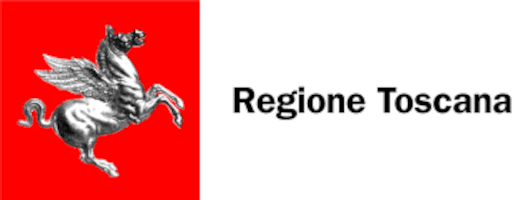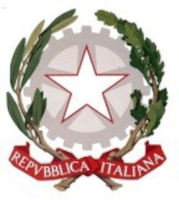

ORBETELLO WALLS
Of Etruscan origin (probably dating back to the 5th century B.C.), they were first enlarged and restored in the Middle Ages and then in the late 16th century. They are still in a good state of preservation along Via Mura di Levante.
THE DOORS OF ORBETELLO
When we talk about the gates of Orbetello, we automatically think of the monumental construction that, overlooking the avenue between the Park of Cruises and the former Idroscalo, separates the old historic city from the most recent urban agglomeration of the Neghelli district. In the construction three arches open and this alone would justify the use of the plural but in reality its use is due to the existence of five doors, one of which has now disappeared.
In the oldest wall, however, that formed by polygonal boulders, called "Etruscan" even if the dating of this work precedes the local settlement of our Tuscan ancestors, there are at least two other doors, one to the west and one to the east. Therefore, also considering these last two there are six doors currently existing.
The oldest gate, compared to the first group of four, is the "Sienese" and you can find it at the intersection of the embankment and the bastion of the fortress, just around a corner of the sports field.
The "Porta del Soccorso" was built in 1620 under the reign of King Philip III of Spain and the viceroy of the Duke of Ossuna. Its name derives from a fact of arms dating back to the siege of Franco-Piemontese Orbetello in 1646. You can admire it, unfortunately not in good condition, at the current fishponds, still flanked on the left by the lower Burgos bastion and the small adjacent guardhouses.
Not far away, underground and in a state of neglect, there is the beautiful "Porta Esterna di Terra" in Baroque style, covered with granite and travertine and with very evident the lodgings of the beams of a drawbridge now non-existent.
Finally, there is the fourth door, the last in chronological order and the most imposing: Porta Nuova, or Portone di Piazza d'Armi, or Porta Medinacoeli. This last name is due to the viceroy Don Aloisio de la Cerda Duke of Medinacoeli, who wanted the construction, or rather the restructuring, completed in 1697 under the reign of King Charles II of Spain, as part of the work to strengthen the defensive system of the stronghold of Orbetello.
FORMER POWDER MAGAZINE GUZMAN
It was built by the Spanish in 1692.
It was a large powder magazine containing tons of explosives, kept in the large rooms of an armoured building.
In front of the windows there are obelisks: once it was thought that they were in defense of the windows themselves, then it was discovered that they supported lightning rods.
His fame is due to the fact that Garibaldi in 1860, after going to Talamone, stopped here to take the ammunition for the Expedition of the Thousand bringing with him 11 orbetellans.
Currently it can be visited and is located at the eastern end of the walls. Today it is the seat of the Municipal Archaeological Museum.
19
Mar



PIANO DI SVILUPPO E COESIONE – PSC TOSCANA
INTERVENTI DI CUI ALLE RISORSE FSC DELIBERA CIPESS 26/2021
Supporto alla valorizzazione dell’immagine della Toscana – Maremma Toscana Area Sud
Progetto Maremma Toscana Area Sud